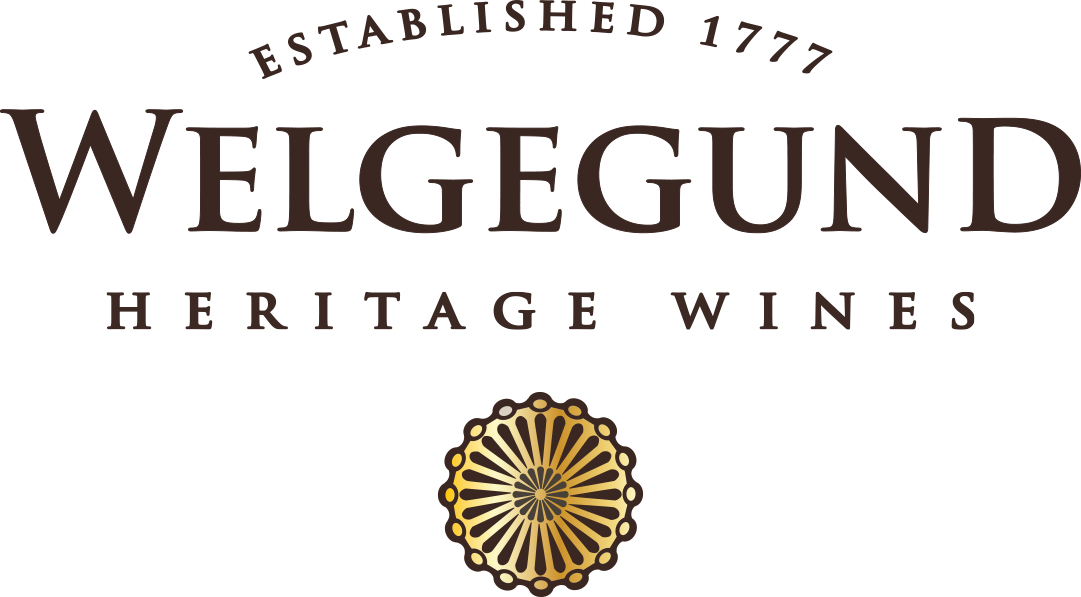A Mediterranean varietal, Cinsault has been produced in the south of France, mainly the Langeudoc-Rousillon region, since the mid-1600’s and farmed in the Cape since 1850.
In South Africa it was originally called Hermitage and in 1925 it gave name to the truly South African varietal, Pinotage, created when Cinsaut and Pinot Noir were successfully crossed by Professor Abraham Izak Perold from the University of Stellenbosch. In 1927 he proved that Hermitage and Cinsault were indeed the same grape and, with the institution of South Africa’s Wine of Origin legislation in 1973, the name Hermitage was replaced with the European name, Cinsaut.
Although originally spelt Cinsaut, more often it is now spelt Cinsault and much debate exists as to which of these is correct. There is no definitive answer to this and often the spelling is regionally defined. In the Languedoc, home of the varietal, it is spelt Cinsault and thus in South Africa, although both spellings are used, Cinsault is often used to describe a wine made in the style of French Cinsault wines.
Welgegund’s Cinsault vines were planted in 1974 and our 2.16 hectare vineyard is a Certified Heritage Vineyard and part of the Old Vine Project. These are bush vines that are not irrigated and our terroir at Welgegund provides ideal conditions for outstanding Cinsault wines, produced from grapes with deep colours and intense flavours.

Welgegund Cinsault 2017
This is normally the last vineyard to be picked during Welgegund’s harvest, usually in mid-February. It is low yielding at about 1,7 tons/hectare. Picking is done by hand, into small log boxes to have as little pressure on the grapes as possible.
The grapes were kept overnight in a cold room to reduce their temperature, allowing cold soaking before the start of fermentation. We fermented our Cinsault mostly whole bunch with stalks, an age-old method where light stomping takes place. Many berries stayed intact. The grapes were split into different ferments, barrels and large open fermenters. Some spontaneous fermentation (natural fermentation), some with yeast added. The different vessels each brought different aromas, adding to the array of aromas in the finished wine.
The 2017 Cinsault, our maiden vintage, shows fresh berries, sour cherries, cranberries with spice and leather evident with further ageing. A mineral undertone from the granite soil supports the wine, with soft refined tannins. Due to the age and quality of the vineyard a serious, premium quality wine has been produced. Serve slightly chilled.

Welgegund Cinsault 2019
Picked together with Carignan, these were the last two blocks to be picked during the 2019 harvest. A perfect, slightly cooler pre-season made for slow ripening and the development of ample aromas.
Our winemaking regime stayed the same as with the 2017 vintage. The grapes were cooled to around seven degrees Celsius to prolong cold soaking. The main ferment went into large open steel fermenters, with a small portion fermented in open 500L new French barrels. No more than two punch-downs per day. This is more labour intensive, but the attention to detail adds to the final complexity and ultra-premium quality of the wine bottled. Our second vintage Cinsault, an elegant, feminine wine that is refined and complex, is a true masterpiece and was nominated for 5 stars in the Platter Wine Guide.

